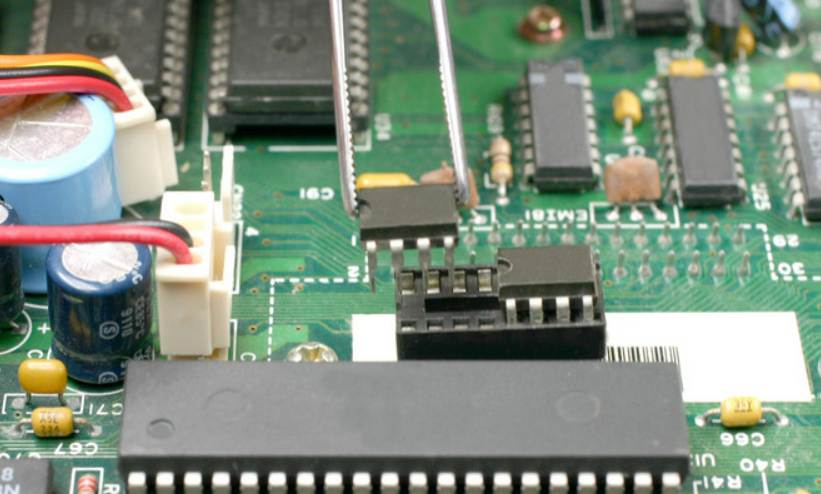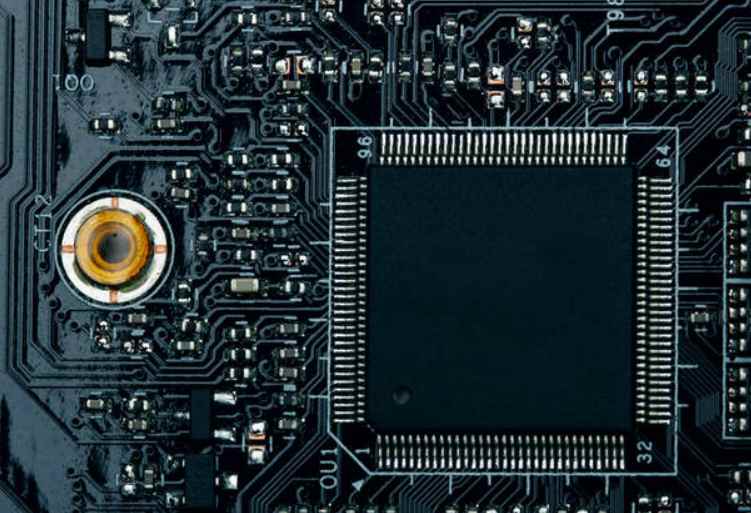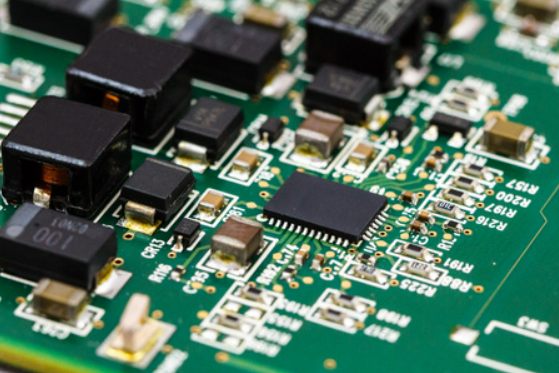
After the design of the circuit structure and device position, EMI control of the printed circuit board becomes very important for the overall design. How to avoid PCB electromagnetic interference in switching power supply has become a topic that developers are very concerned about.
Practice has proved that even if the circuit schematic design is correct and PCB design is improper, the reliability of electronic equipment will be adversely affected. For example, if two thin parallel lines on a printed board are close together, there will be a delay in the signal waveform, resulting in reflected noise at the end of the transmission line; Due to the interference caused by the inconsiderate power supply and ground wire, the performance of the product will decline, therefore, in the design of the circuit board, should pay attention to the correct method.
Each switching power supply has four current circuits:
(1) AC circuit of power switch;
(2) output rectified AC circuit;
(3) Input signal source current circuit;
(4) Output load current loop.
The input circuit charges the input capacitor through an approximate DC current. The filter capacitor mainly plays a role of broadband energy storage. Similarly, output filter capacitors are used to store high-frequency energy from the output rectifier while eliminating DC energy from the output load loop. Therefore, the terminals of the input and output filter capacitors are very important. The input and output current loops should be connected to the power supply only from the terminals of the filter capacitors. If the connection between the input/output loop and the power switch/rectifier loop cannot be directly connected to the terminal of the capacitor, AC energy will be filtered by the input or output capacitor and radiated into the environment.
The AC circuits of the power switch AC circuit and the rectifier AC circuit contain high amplitude trapezoidal current. These currents have a high harmonic component and their frequency is much higher than the switching fundamental frequency. The peak amplitude can be up to 5 times that of the continuous input/output DC current amplitude. These two circuits are the most likely to produce electromagnetic interference, so they must be laid before other printed wires in the power supply. The three main components of each circuit, the filter capacitor, the power switch or rectifier, the inductor or the transformer, should be placed next to each other, and the position of the components should be adjusted to make the current path between them as short as possible. The best way to establish a switching power supply layout is similar to its electrical design. The best design process is as follows:

Placement transformer
Design the power switch current loop
Design the output rectifier current loop
A control circuit connected to an AC power circuit
Design input current source loop and input filter Design output load loop and output filter according to the functional unit of the circuit, the layout of all components of the circuit, to comply with the following principles:
(1) The size of PCB should be considered first. When PCB size is too large, the printed line is long, the impedance increases, the anti-noise ability decreases, and the cost increases. Too small, the heat dissipation is not good, and the adjacent lines are susceptible to interference. The best shape of the circuit board is rectangular, the aspect ratio is 3:2 or 4:3, and the components located on the edge of the board are generally not less than 2mm away from the edge of the board.
(2) When placing the device, the future welding should be considered, not too intensive.
(3) Take the core component of each functional circuit as the center, and carry out the layout around it. Components should be evenly, neatly and compact arranged on the PCB circuit board, minimize and shorten the leads and connections between components, and the decoupling capacitor should be as close to the VCC of the device as possible.
(4) For circuits working at high frequency, distribution parameters between components should be considered. General circuits should be arranged as parallel as possible. In this way, not only beautiful, but also easy to assemble welding, easy to mass production.
(5) Arrange the position of each functional circuit unit according to the circuit flow, so that the layout is convenient for signal flow, and keep the signal in the same direction as far as possible.
(6) The first principle of layout is to ensure the distribution rate of wiring, mobile devices pay attention to the connection of the fly line, and put the connected devices together.
(7) Reduce the area of loop as much as possible to suppress the radiation interference of switching power supply







